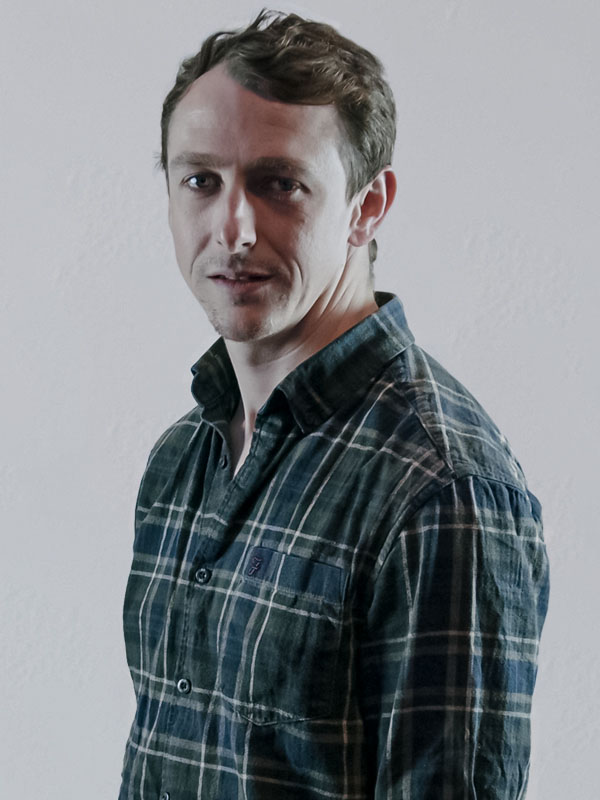Digital anaesthetic charts to collect and transfer data
My Topol fellowship problem / project:
Since the times of ether and chloroform, Anaesthetists have been documenting patient care on paper records which are routinely filed away in the notes. The ability to access information about a patient’s previous anaesthetics can significantly inform the care that is planned and provided, reducing the risk of complications and improving the chance of a good outcome after surgery. The gradual adoption of digital anaesthetic charts in UK provides an unmissable opportunity to ensure that any data captured is done so in a way that permits easy access and transferability of information between hospitals. This is why I wish to standardise the way in which anaesthetic data is encoded when recorded into a digital anaesthetic chart, ensuring that the broad range of anaesthetic information systems in use nationally can ‘talk’ to each other and exchange information.
The additional potential benefits of a digital anaesthetic chart move far beyond the simple automation of the paper record. They include improved accuracy of documentation, easier information gathering from larger cohorts of patients for research/quality improvement and an improvement in the ability of clinicians to focus on safe patient care rather than a preoccupation with written documentation. Along with the widespread introduction of digital anaesthetic charts, there is enormous and exciting potential for earlier recognition of the deteriorating patient, large scale observational trials of novel interventions, and the identification of factors leading to rare complications as well as education and simulation.
As part of this fellowship, I am taking an active role in a project commissioned by The Royal College of Anaesthetists and led by The Professional Record Standards Body to set a standard for anaesthetic charts nationally. This requires a national analysis of present documentation practices and the involvement of stakeholders in determining the essential features of a digital anaesthetic chart. I am looking forward to the opportunities to collaborate and network that The Topol Fellowship will provide.
About me
I am a CT3 Anaesthetist working in Bristol with interests in simulation, human factors and health informatics.
My enthusiasm in the potential for digital interventions to enhance the NHS clinical environment stems from a project I worked on to introduce an electronic identification system to improve the safety and documentation of blood transfusions. I am currently involved in the rollout of a new electronic patient record in my hospital, and I am passionate about the opportunity that this presents for our Anaesthetics department to transition to digital records.
Since graduating from Swansea University in 2016, I have worked across a broad range of acute specialties, most extensively in Intensive Care (ICU). I am trained as a Superuser of the digital ICU system recently introduced in my hospital and I am involved in the trial of ‘SMARTT’: an AI algorithm using digital data to support clinicians in deciding when a patient is well enough to transfer out of ICU. I am also on the Trainee Committee for The Society for Computing and Technology in Anaesthesia (SCATA) which encourages clinicians to engage with International Standards Associations such as HL7-FHIR, OpenEHR and SNOMED-CT.
Outside of work, I enjoy spending my free time in nature, especially around water; I am a keen kayaker, surfer and swimmer.

